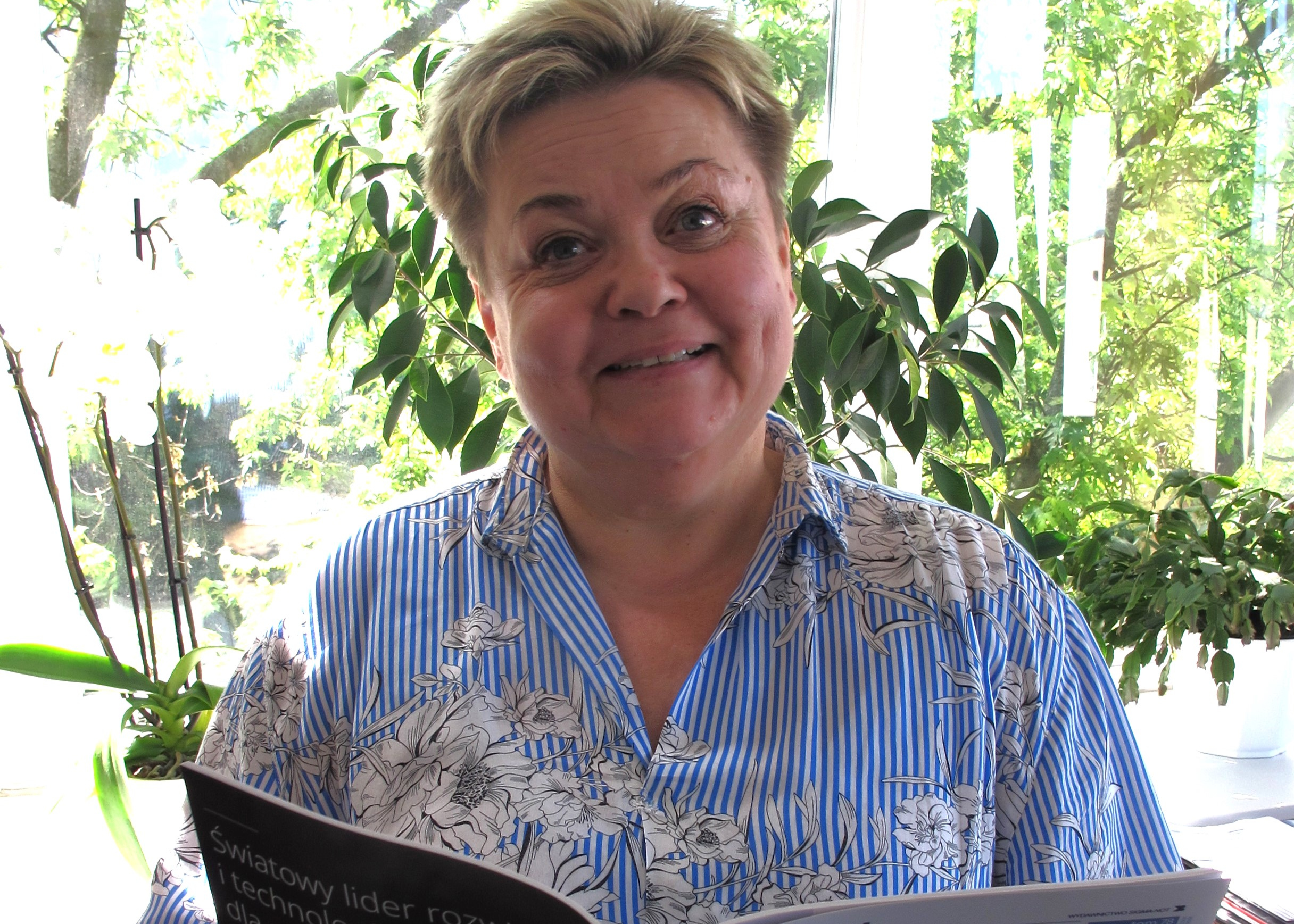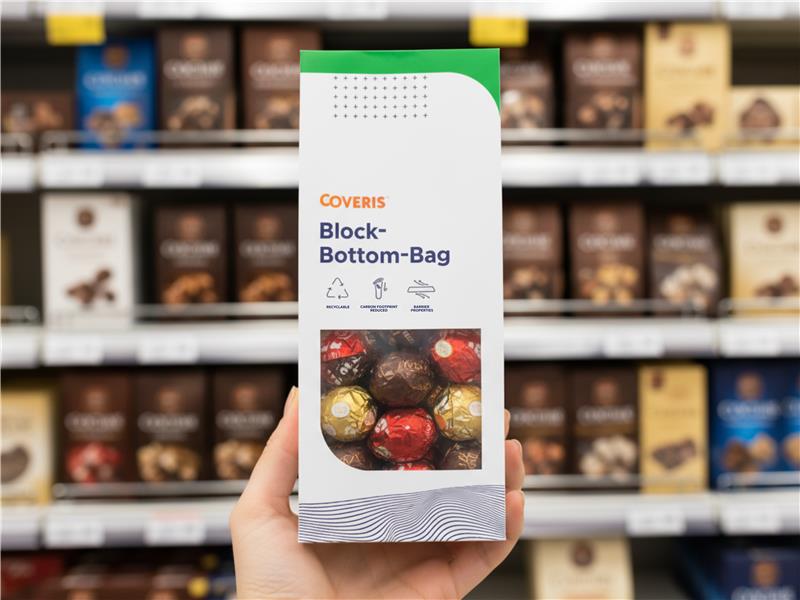ECONOMY
- Food Market and Industry in 2022 (DOI10.15199/65.2023.1.1)
Iwona Szczepaniak, Łukasz Ambroziak, Jadwiga Drożdż, Robert Mroczek 2
The year 2022 was a time of turbulence in the global economy, resulting from the post-pandemic recovery, but above all, a time of high instability on global food markets related to Russia’s invasion of Ukraine. The aim of the article is to assess the situation of the food industry and agri-food trade in Poland in 2022, i.e. in the context of a rapid increase in the prices of agricultural and energy raw materials, and, consequently, rising costs of food by producers. The study presents selected data on production, finance and foreign trade for several months of the year, as well as the main directions of changes taking place in the sector. In addition, events that had the greatest impact on the functioning of the food market during the year were discussed. The analysis shows that the food processing sector in Poland coped quite well with the difficulties resulting from functioning in difficult external conditions. However, maintaining good production and financial results as well as high export dynamics will be very difficult. Unfavorable external conditions (mainly an increase in production costs) are a great challenge for food companies and may cause a decrease in the dynamics of their development. However, a number of events that have taken place on the food market indicate that food processing in Poland is still a sector with great development potential.
KEY WORDS: food industry, production, economic and finance results, prices, foreign trade
- Selected Factors and Conditions Affecting Franchise Operations During the Covid-19 Pandemic (DOI10.15199/65.2023.1.2)
Łukasz Jędrzejczyk, Andrzej Fetliński 11
In the article franchise was discussed as one of the key formats for running and developing a business during the Covid-19 pandemic. Data on the development of the franchise market in the world and in Poland after 2019 was collected and analyzed with parallel sources of opportunities and threatened for the development of business in the form of a franchise during Covid-19 period. Research methods were used, such as: desk research and the analysis of scientific literature in the field of economics and management.
It found that franchise was a key possibility to survive and for many companies to think about long-term development during the Covid-19 pandemic. The franchise market was characterized by further growth despite unfavorable pandemic trends in the global economy, which also concerned the permanent position of this market on the example of Poland. Franchising guaranteed a certain stability for business entities. The additional factor determining the growth of this market is the diversity of sectors in which it is possible to operate effectively on a franchise basis.
KEY WORDS: franchise, market, Covid-19 pandemic
TECHNICS-TECHNOLOGY
- Effect Of Drying Method on Content of Vitamin C, Total Polyphenols and Chlorophylls in Coriander (Coriandrum sativum L.) (DOI10.15199/65.2023.1.3)
Izabella Kwaśniewska-Karolak 15
Spices and herbs are important elements in the human diet. They are characterized by strong taste, aromatic values and therapeutic properties. The aim of the study was to investigate the effect of drying methods (freeze-drying and convection drying) on the content of active compounds such as ascorbic acid, polyphenols, and chlorophylls in coriander herb. The scope of the work included the analysis of herbs in three forms (fresh, dried, and freeze-dried) in terms of dry matter content, chlorophyll dyes content, total polyphenolic compounds content and antioxidant activity using the DPPH radical method.
As a result of the conducted analyzes, it was found that applied drying processes caused an increase in the content of polyphenols compared to fresh herbs and a significant reduction in the dose resulting in a 50% reduction of the DPPH radical compared to the fresh raw material. Fresh coriander herb was characterized by the highest content of chlorophyll dye and ascorbic acid. Drying of herbs resulted in a significant decrease in the content of dyes and vitamin C, with greater losses observed in the case of herbs dried using the convection method. Thus, it was found that the freeze-drying is a more advantageous method of herb preservation.
KEY WORDS: coriander, total polyphenols, chlorophylls, vitamin C
FOOD-FEEDING
- Quality And Safety of Raw Ripened Sausages (DOI10.15199/65.2023.1.4)
Ewelina Węsierska 19
The use of proper technological parameters, such as temperature, humidity and intensity of air circulation, is essential to consciously manage the physical transformations during production and post-production ripening of raw ripened sausages. The slow drying process changes the physical state and chemical composition of the stuffing, and therefore also the qualitative and quantitative composition of the microflora. The succession of microflora entails further catabolic changes in proteins, fats and saccharides, which affects the quality of the finished product. Since the technology of fermented sausage does not include heat treatment it is not to inhibit biochemical transformations involving enzymes of endogenous and exogenous origin. The final quality of the sausages is therefore not constant and varies throughout the production and storage period.
KEY WORDS: fermented sausages, ripening, quality factors
LOGISTIC-PACKAGING
- Active Packaging in Food Industry – Part 1 (DOI10.15199/65.2023.1.5)
Sabina Galus, Małgorzata Nowacka 24
Packaging is a crucial part of a food product and can exhibit many functions, from protective to informative. The introduction of an active substance makes it possible to obtain active packaging that can affect the food and the environment inside the packaging, contributing to extending the shelf life of the product. Active packaging may have various properties, and their features depend on the active substances used, as well as on the properties of the food product. The main advantages of active packaging are maintaining the quality of products (e.g. prevention of color changes, loss of firmness or migration of ingredients), reduction of food spoilage, protection against undesirable contamination or the development of microorganisms and UV radiation. The paper characterizes active packaging in terms of quality and reduction of food waste, active substances and application in the food industry.
KEY WORDS: active packaging, food, quality, active coatings




